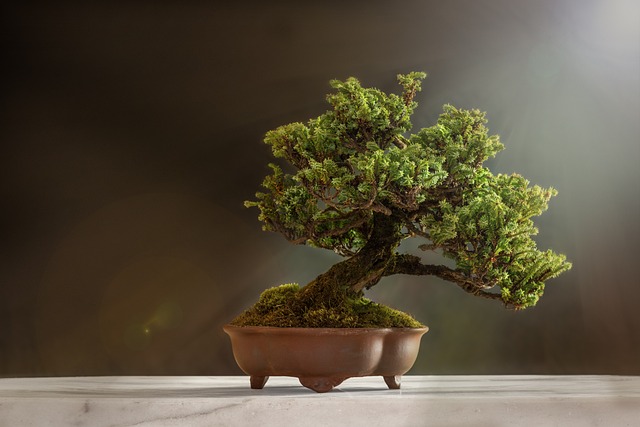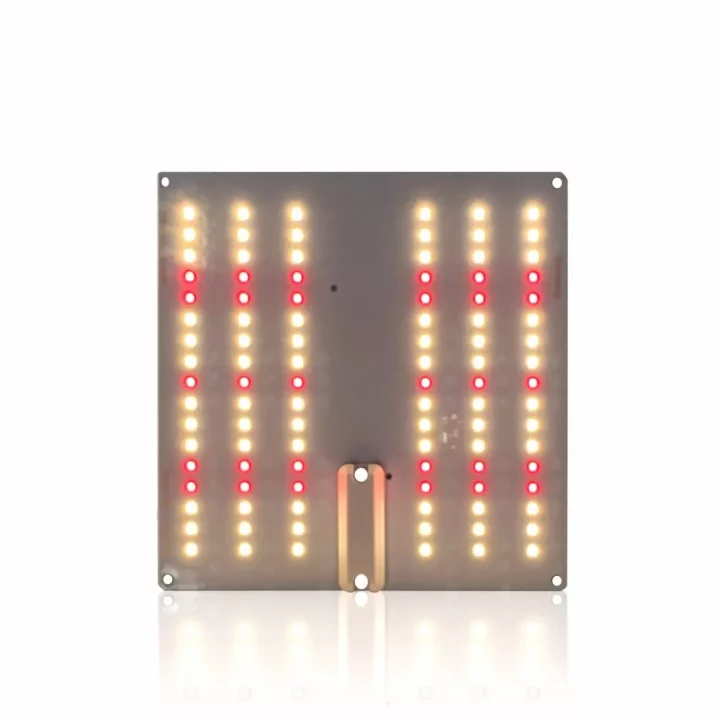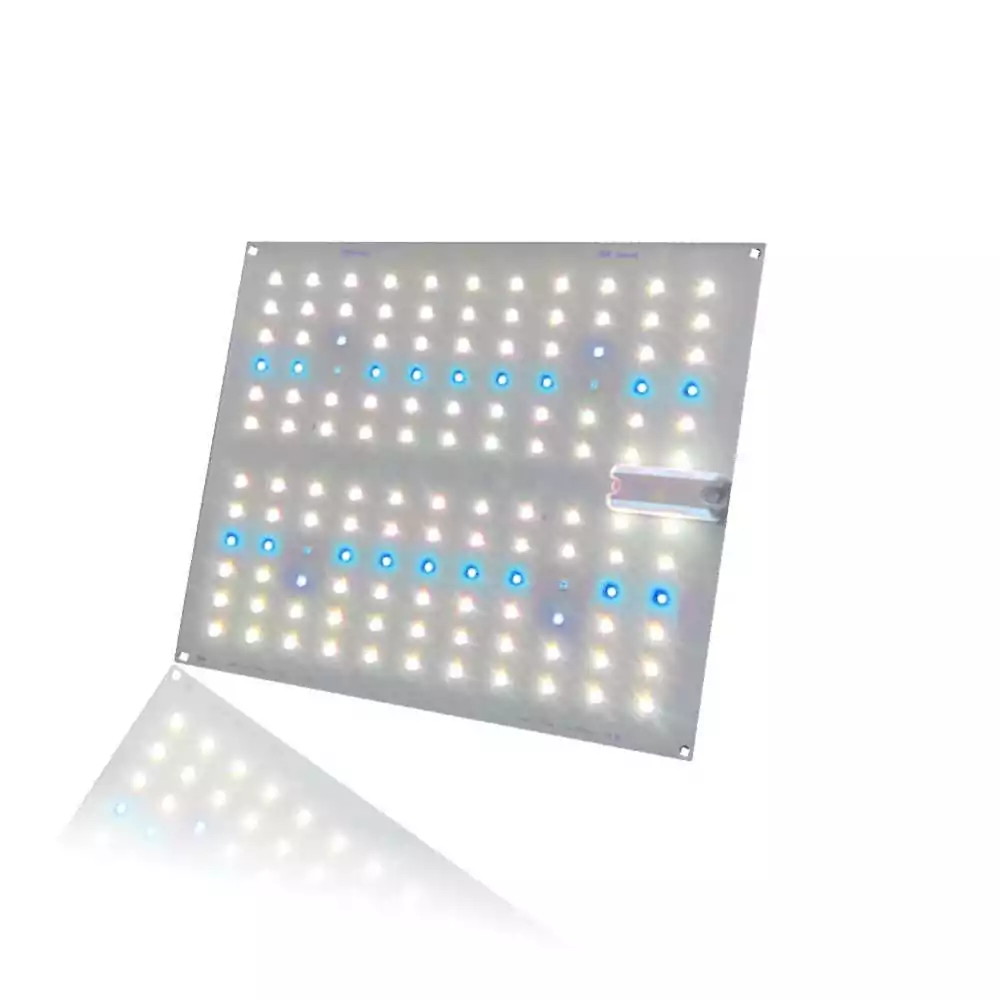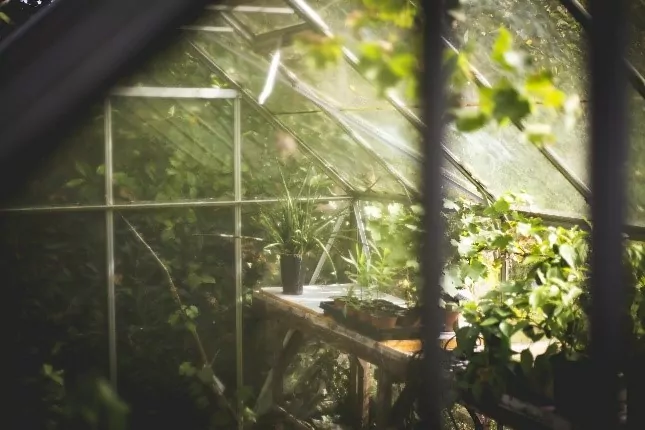One of the most important aspects of indoor growing is the right lighting. Plants need light to grow, and outdoors, they get it from sunlight. Indoors, however, sunlight must be simulated using lamps. In this guide, we’ll explain how to do that effectively and what you should look for when choosing grow lights.
If you want a simple solution, you can purchase one of our Bonsanto grow lamps, as they are perfectly tailored for your indoor grow setup. Our grow boxes also include a suitable grow lamp as part of the package.
If you’re interested in learning how the grow and lighting work in our grow boxes, take a look at our Bonsanto growing guide here.
Table of contents
Why Do You Need Light for Indoor Growing?
Plants require light for photosynthesis, the process by which they convert light into energy necessary for growth. In short, a plant cannot grow or survive without light.

What to Consider When Choosing Indoor Grow Lights
It is crucial to purchase a plant lamp specifically designed for growing rather than using a regular light bulb. Here are several factors to consider when buying a grow light:
Light Intensity: Check how bright and intense the light from the grow lamp is. If you have a large growing area, you’ll need a more intense light compared to a smaller space. The lamp should be bright enough to provide your plants with sufficient light.
Color Temperature: The color temperature of a lamp is essential for healthy plant growth and is measured in Kelvin (K). A high K-value represents blue light, while a low K-value denotes red light. If you don’t have a plant lamp that covers the blue-to-red spectrum, you will need to switch lamps depending on your plant’s growth phase. Plants need blue light during the initial growth phase and red light during the flowering phase. Therefore, it’s best to buy a full-spectrum grow lamp that covers the entire color spectrum to avoid frequent lamp changes. Our Bonsanto LED lamps, for example, encompass the full spectrum from blue to red.
Effectiveness and Quality: When selecting from various grow lights, consider the lamp’s effectiveness, which can be measured by the PAR value. PAR refers to photosynthetically active radiation, the light spectrum that plants can use for photosynthesis and growth. It is advisable to focus more on the PAR value of a lamp rather than just the wattage. Many inexpensive lamps may have a high wattage but a low PAR value. In contrast, our Bonsanto lamps are extremely efficient with a high PAR value, even with a lower wattage. They can also be used in every growth phase of your plant.
What Does the Indoor Lighting Cycle Look Like?
Plants typically grow outdoors and are exposed to varying sunlight conditions depending on the season. Therefore, it is necessary to simulate these seasons indoors. Growers refer to different lighting cycles. In the seedling or cutting phase, we recommend a lighting cycle of 24 hours for the first 4-7 days. Some growers prefer an 18/6 cycle during this phase, which means 18 hours of light and 6 hours of darkness. The 18/6 cycle can also be used during the vegetative phase. To induce flowering, you should reduce the lighting to 12 hours per day and apply a 12/12 cycle.
For more information on lighting in the Bonsanto grow box, please refer to our growing guide. If you are using one of our grow boxes for your indoor grow, you should primarily follow this guide.
What Types of Grow Lights Are Available?
When exploring the topic of “indoor grow lighting,” you’ll find various types of grow lights, each with its own advantages and disadvantages. In recent years, LED lamps have become particularly popular. This popularity stems from their energy efficiency, high light intensity, and long lifespan. Additionally, LED lights produce less heat than other types of lamps, protecting your plants from burns. That’s why all our lamps and LEDs are LED-based.
If you want to maximize the efficiency of your lamp’s light output, consider equipping your grow box with Bonsanto reflective foil. This reflective material increases the light available to your plants, allowing them to grow faster and more efficiently.


